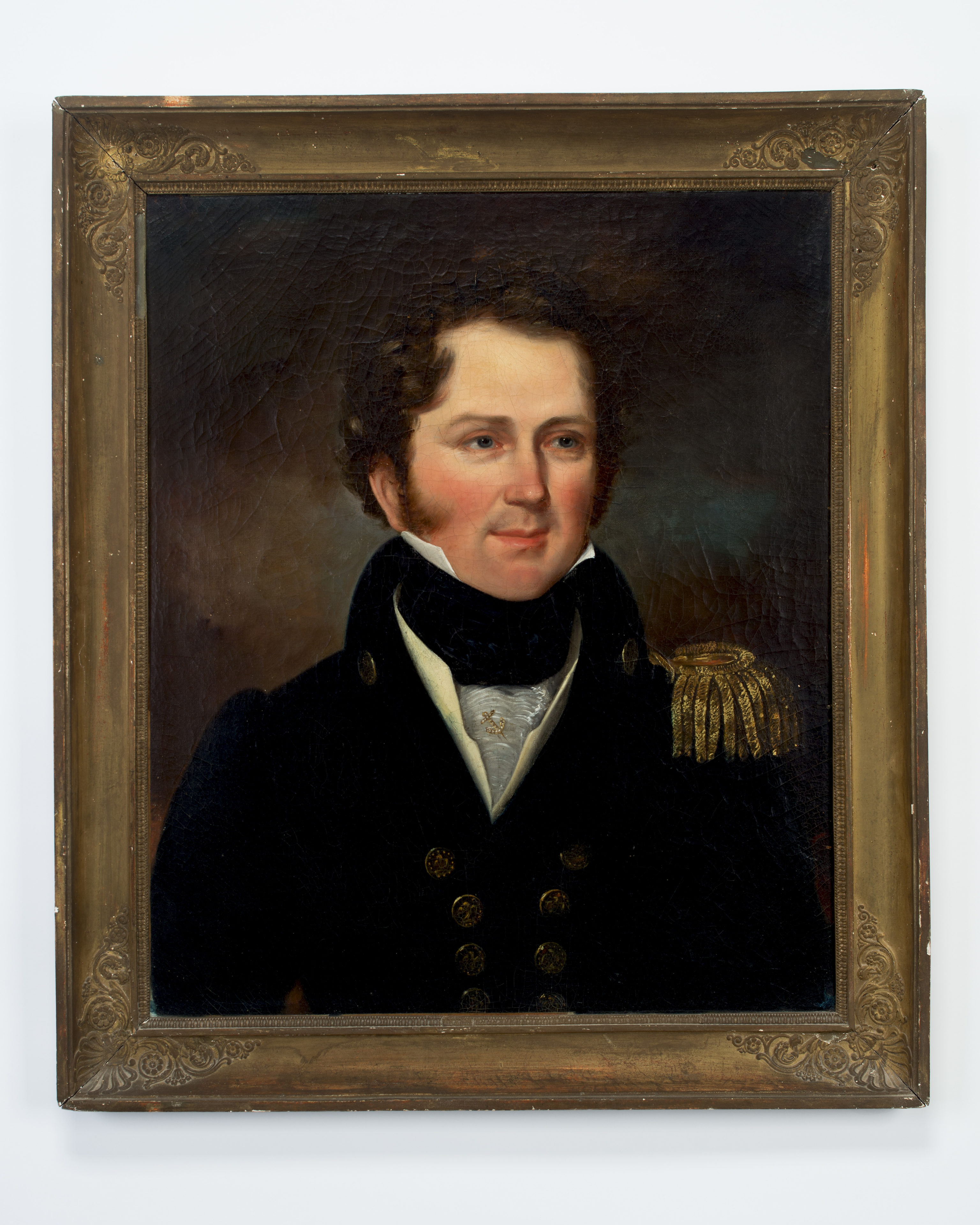As we’ve said before, we love to put a face to a name. A recently acquired collection of portraits allows us to trace the career of another “Old Ironsides” veteran.
This time, we gaze on the face of Horace Bucklin Sawyer. Born in 1797, the year of Constitution’s launch, to Revolutionary War veteran James Sawyer and his wife Lydia Foster, young Horace spent his youth roaming the shores of Lake Champlain. In June 1812 he received his midshipman’s warrant in the US Navy and the following year joined the crew of USS Eagle, an 11-gun sloop that made up part of Thomas Macdonough’s small squadron on Lake Champlain.
The Eagle sailed in company with USS Growler to prevent British gunboats from pushing south into the lake. The overzealous officer commanding the expedition, Lieutenant Sydney Smith, sailed up the Richelieu River towards the British base at Isle aux Noix. Meeting heavy resistance from enemy gunboats and soldiers on shore, the Americans beat a hasty retreat. While trying to turn in the narrow waterway both vessels ran aground and were captured after fighting for three and a half hours. Midshipman Sawyer was among the captured, and while he was not hit by shot or splinters, the concussion of the guns seems to have irreparably damaged his hearing.
The British sent Sawyer to Halifax, where he was confined on board HMS Melpomene, commanded by Capt. Gordon Falcon. After six months, Sawyer was exchanged and returned home. He was ordered to join Constitution at Boston and reported for duty on December 14, 1814. He was thus on board during the ship’s epic fight with HMS Cyane and Levant on February 20, 1815. By an odd twist of fate, Cyane‘s commander was none other than Capt. Gordon Falcon, who had overseen Sawyer’s imprisonment in Halifax.
When Sawyer returned to the United States at the end of the War of 1812, he applied for a furlough from the Navy to sail on a voyage to India. Because of his capture in 1813, he had only spent about six months at sea, and he desired to improve his seamanship during the trip.
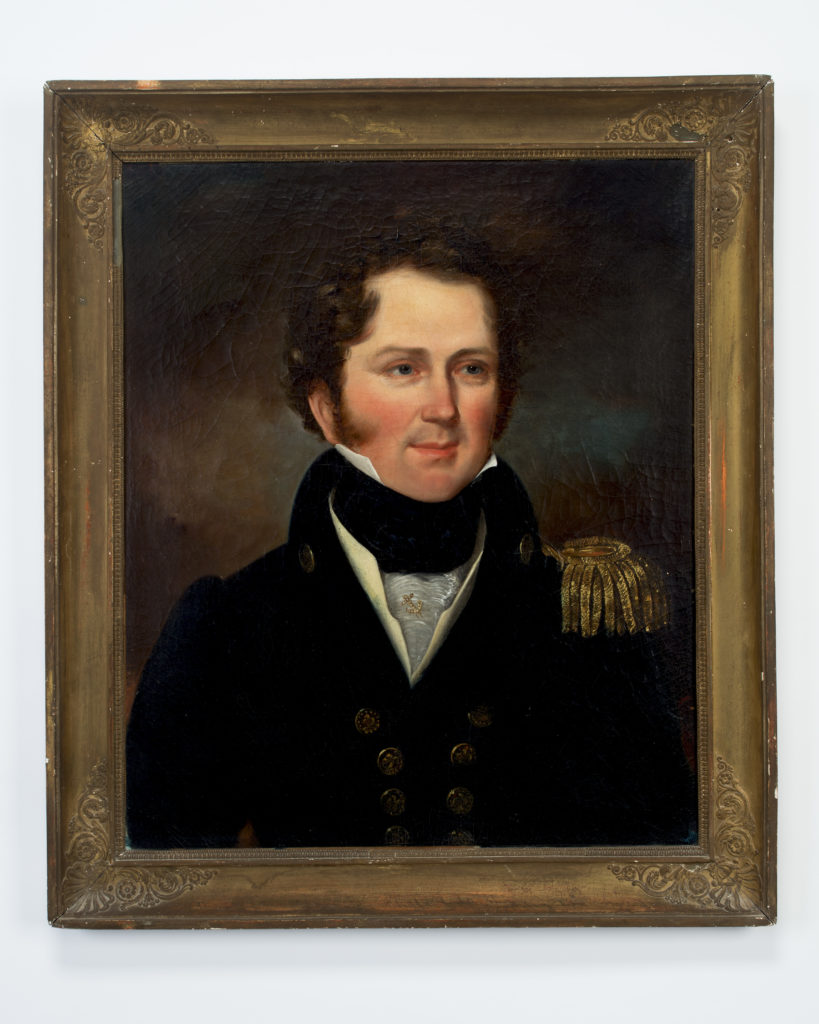
Sawyer commanded the rendezvous (recruiting station) at Boston in 1830. All the while, his deafness became worse. Desperate to find a cure, he traveled to Europe in 1829-1831 to consult ear specialists. This trip seems to have done nothing to alleviate his affliction. According to childhood friend Joseph P. Russell, an Assistant Surgeon in the US Army,
“to my personal knowledge his hearing has been very much impaired for many years, and I always understood that it was caused by injuries received during the action [on Lake Champlain], together with exposure and sickness while in confinement as a Prisoner of War. He is now very much affected with deafness in so great a degree as to render conversation with him extremely difficult, especially to strangers, whose language in the usual and ordinary tone of voice appears to be, and I have no doubt is wholly unintelligible to him, and furthermore, from my knowledge of his case, I do not think there is the slightest reason to expect any mitigation of the infirmity, but on the contrary I believe it incurable, and not in the least remediable by medical or surgical treatment.”
Sawyer married Roxalana (or Roxanna) Wadsworth (1811-1900) at Burlington in November 1833. Together, the couple had a least five children who survived infancy.
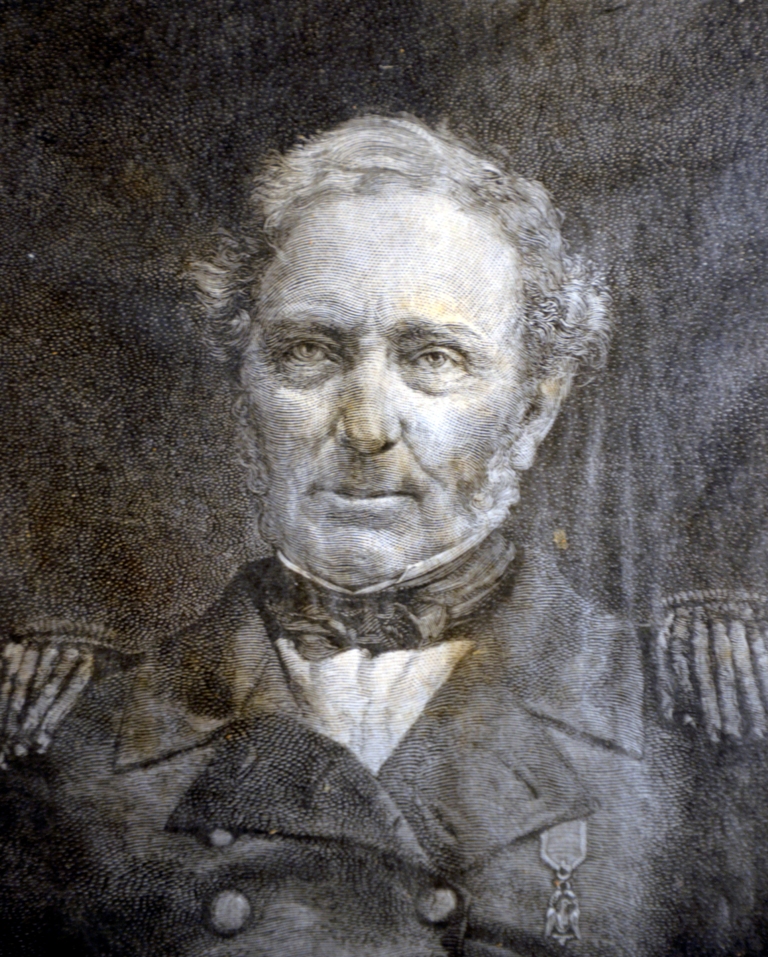
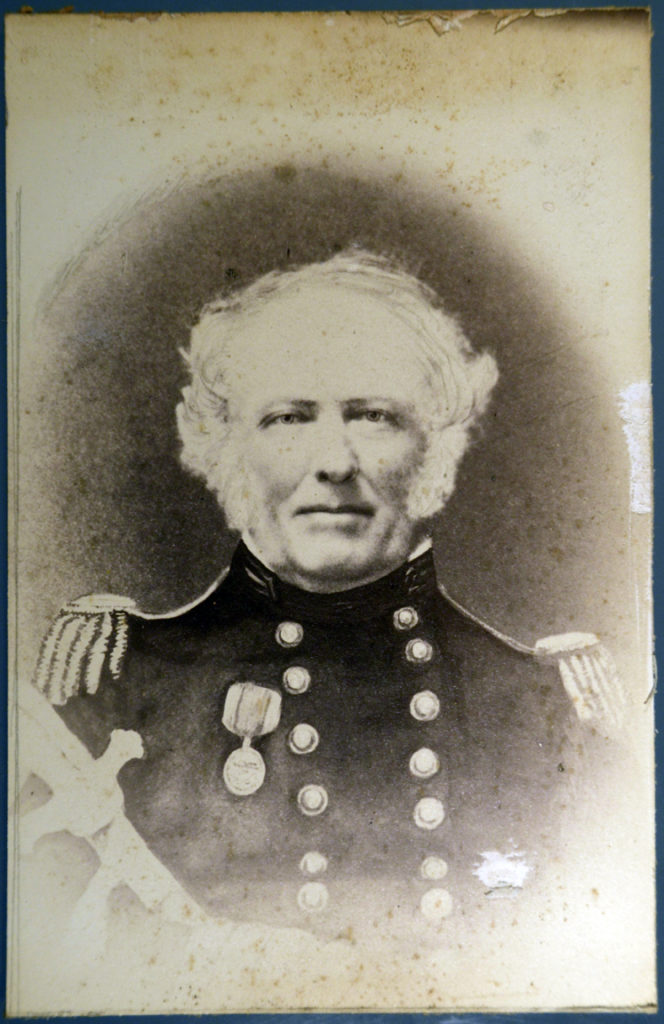
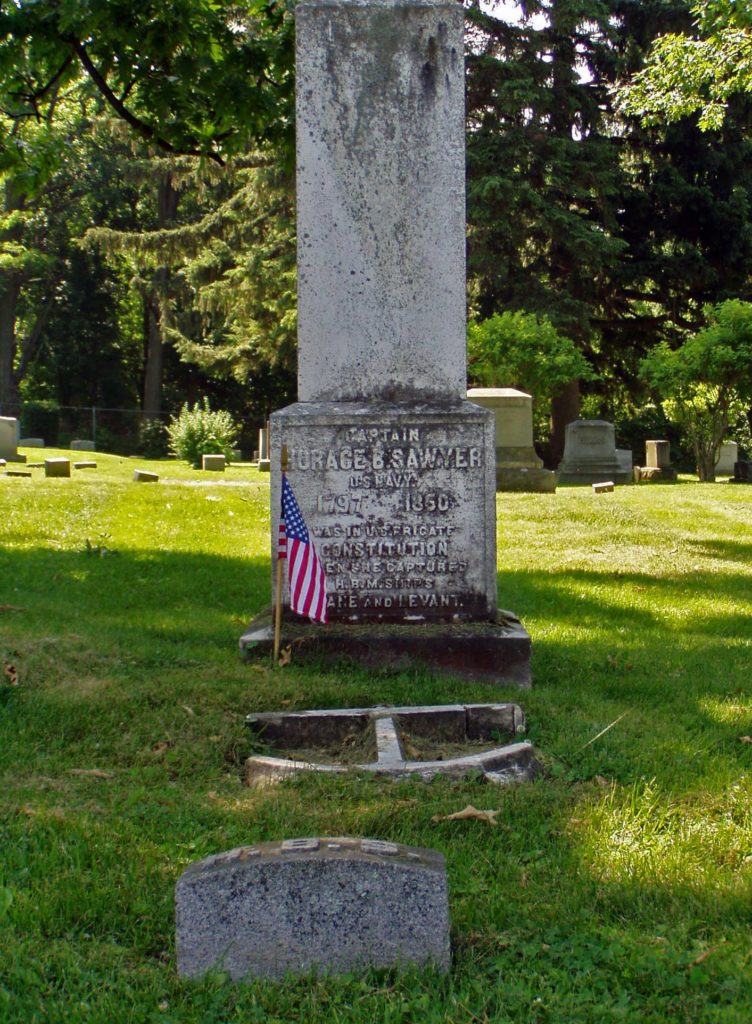
The Author(s)
Matthew Brenckle
Research Historian, USS Constitution Museum
Matthew Brenckle was the Research Historian at the USS Constitution Museum from 2006 to 2016.
